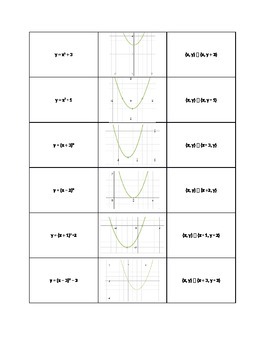The Clark's Teach
We are Denae and Patrick Clark. We are both teachers of 9 years. We use every single lesson in our store in our very own classrooms so we know how important high quality lesson are to you and your students. Thank you for the opportunity of bringing our lessons into your classroom. We have experience in all grades of high school and middle school.





















